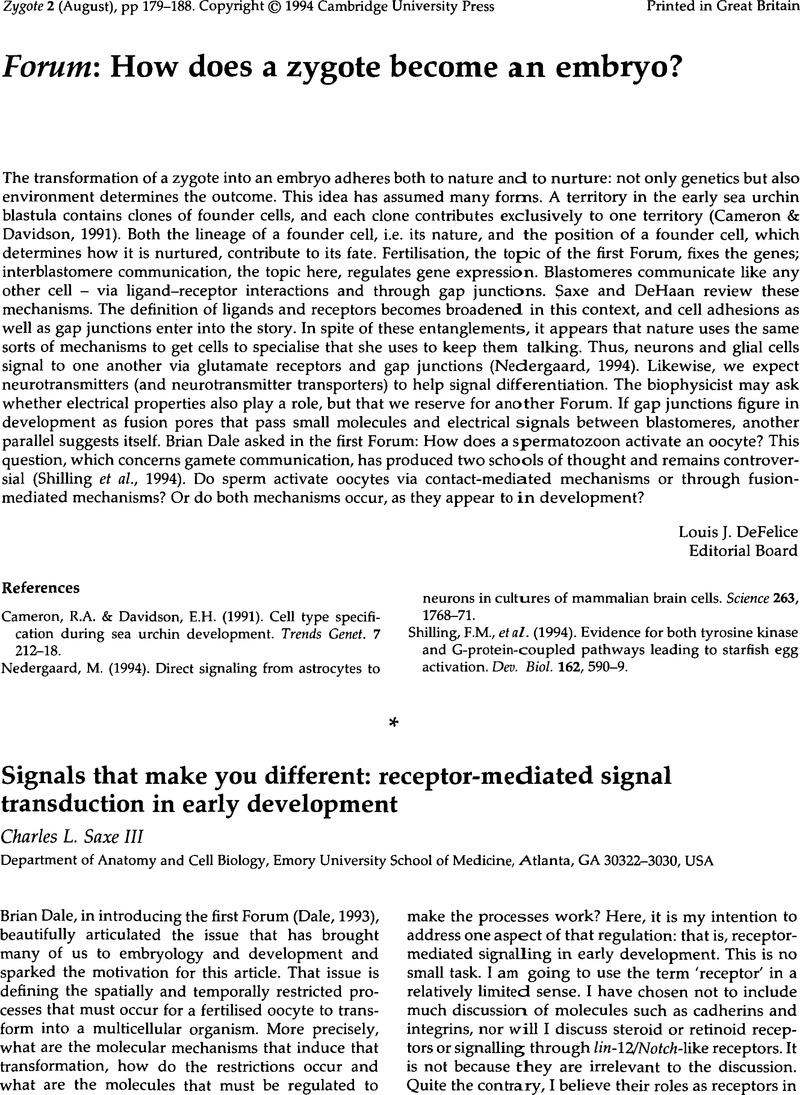Crossref Citations
This article has been cited by the following publications. This list is generated based on data provided by Crossref.
Yazaki, Ikuko
Dale, Brian
and
Tosti, Elisabetta
1999.
Functional Gap Junctions in the Early Sea Urchin Embryo Are Localized to the Vegetal Pole.
Developmental Biology,
Vol. 212,
Issue. 2,
p.
503.





